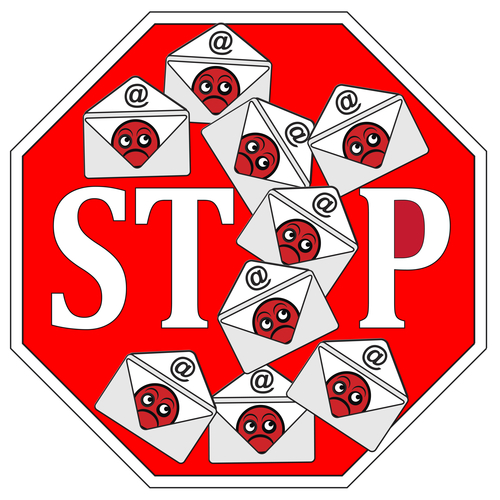I subscribed to what?
Tomorrow is GDPR day. That’s the day when the new Global Data Protection Regulations take effect in the EU. I’m sure everyone reading this blog has seen dozens, if not hundreds, of blog posts, articles, webinars, and guidance docs about how to comply. I’m not going to rehash it because, other folks know this better than me.
There are a some things I’m finding fascinating watching this whole GDPR thing.
First, the number of companies who have my addresses and I don’t know why. Take Newsweek (yes, the magazine people). They’re sending GDPR notifications to my LinkedIn address. I can’t figure out why they’re harvesting / buying addresses from LinkedIn. Then there’s SALESmango who are some company that started spamming me a few years ago and refuses to accept unsubscribe request. They’re sending me opt-in requests. Yeah, no, go away. I told you to stop, but wow, you won’t.
Another interesting piece is just how much I’ve signed up for over the last 18 – 20 years I’ve been using this set of addresses. Wow. So much mail. And, generally, I thought of myself as relatively careful in who I gave email addresses to. I don’t normally go around dropping addresses into forms but even a couple a month adds up over 20 years.
Then there are the companies violating CAN SPAM in one way or another. Sending mail to unsubscribed addresses and refusing to include an opt-out link are the two things I’ve seen regularly. Yeah, no. I think it’s safe to say that if I’ve opted out from receiving your mail, you should probably put my data away in a dark closet and not touch it again. But.. but.. but… But nothing. Go away. As for the lack of an unsubscribe link, get over yourself. You’re not that special. I don’t think that this really is something that counts for exemption.
Also, is there an official template? So many of these emails look identical. I have to give credit to whomever did it first. Because if plagiarism is the sincerest form of praise, you have an entire industry praising you.
Finally, it’s been amusing to watch the general frustration with all the GDPR mail. It seems many people are getting tired of the deluge. That’s OK, though, it should end by Saturday. Or so we can only hope.



